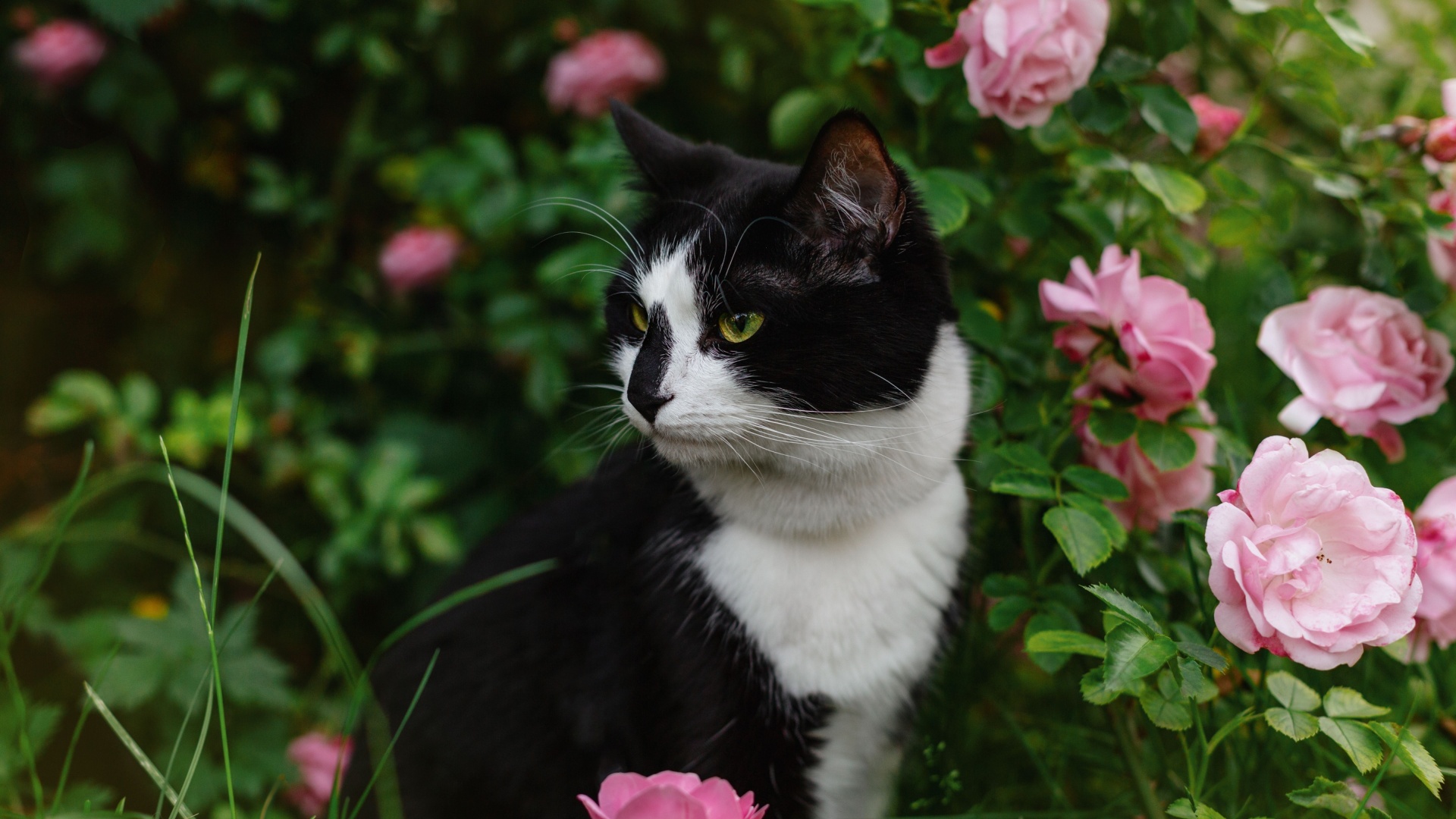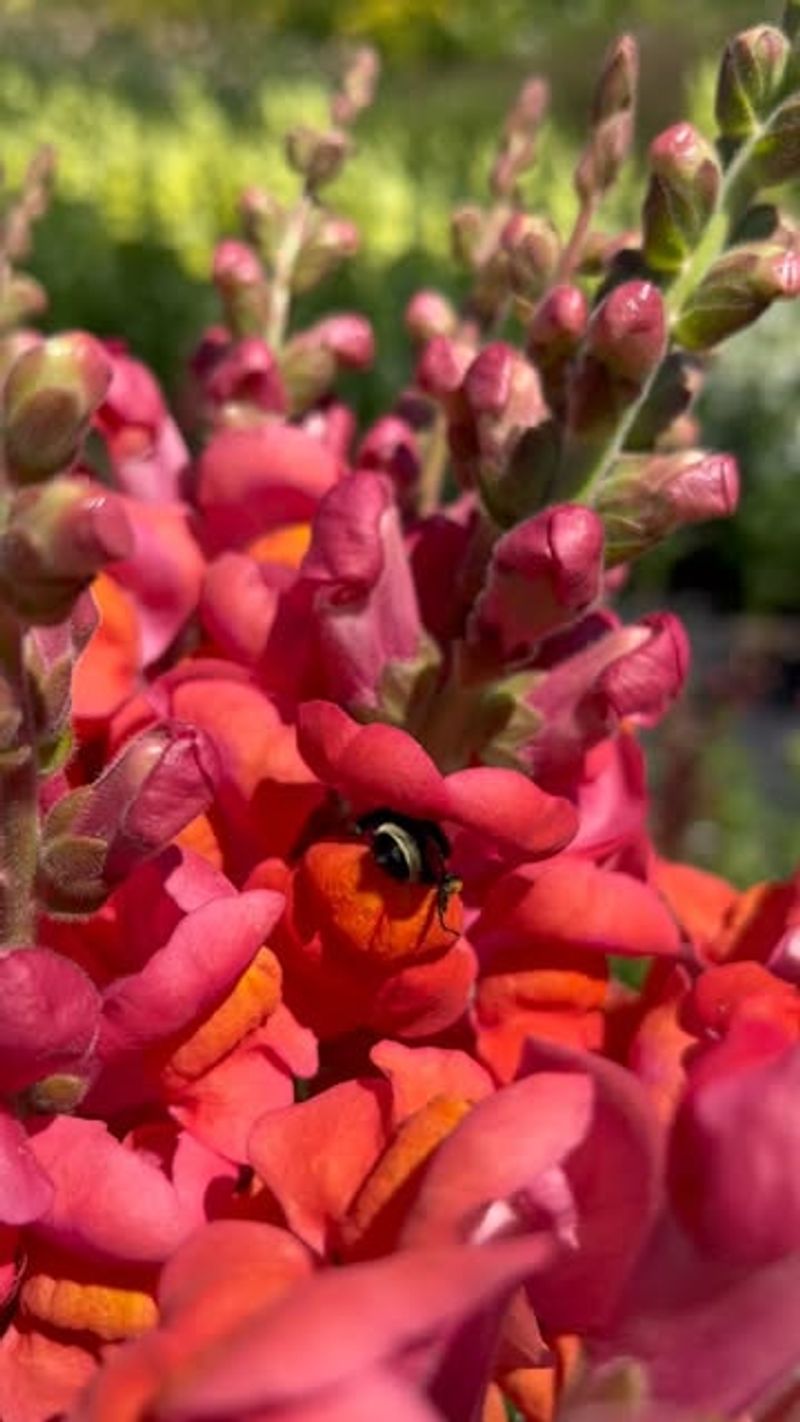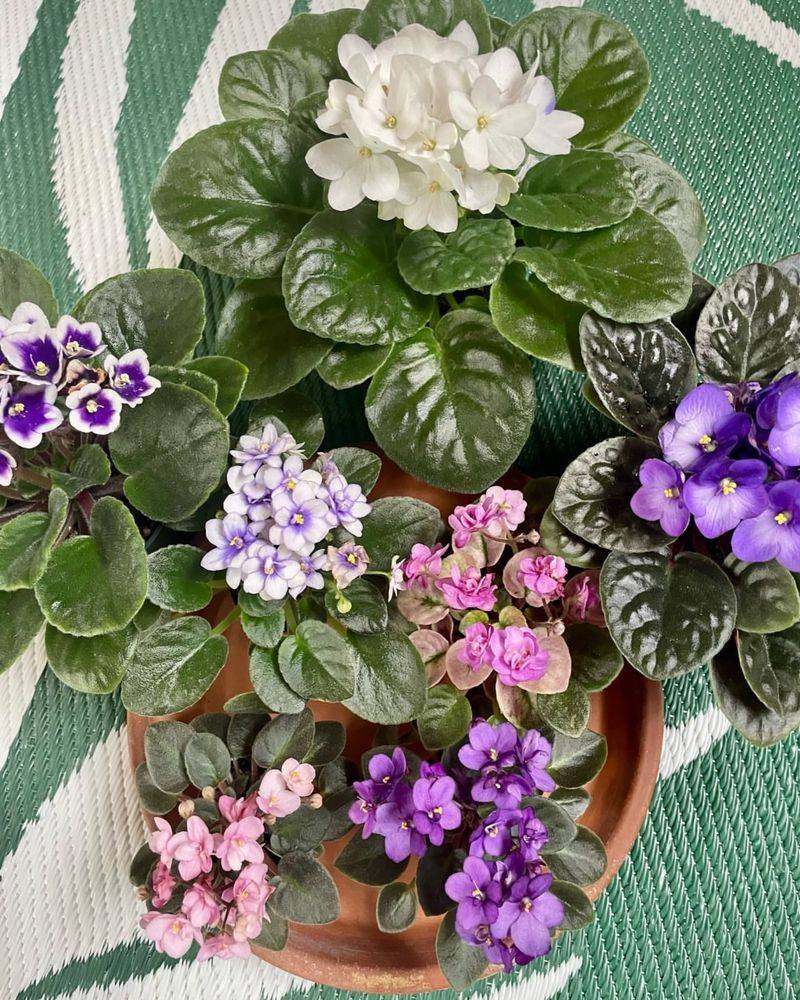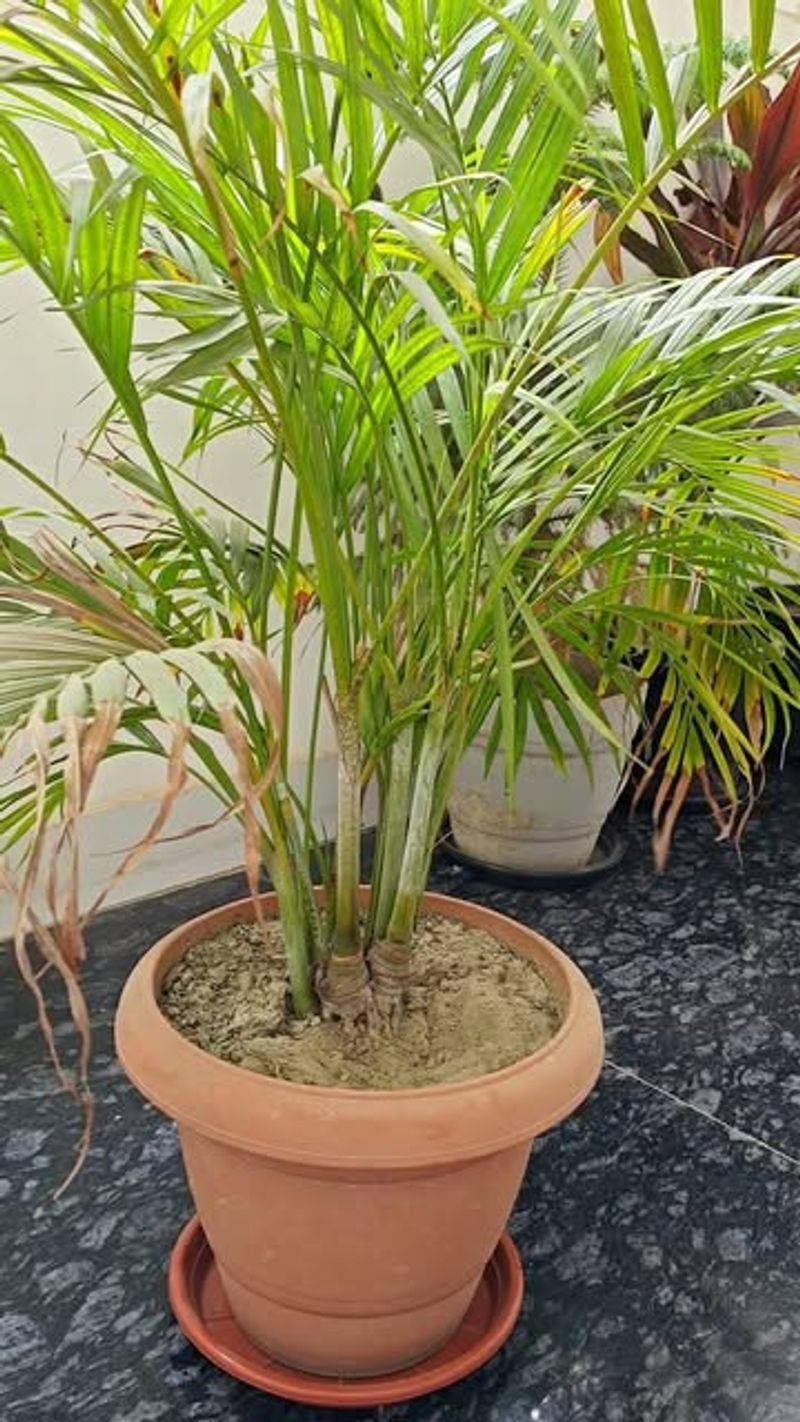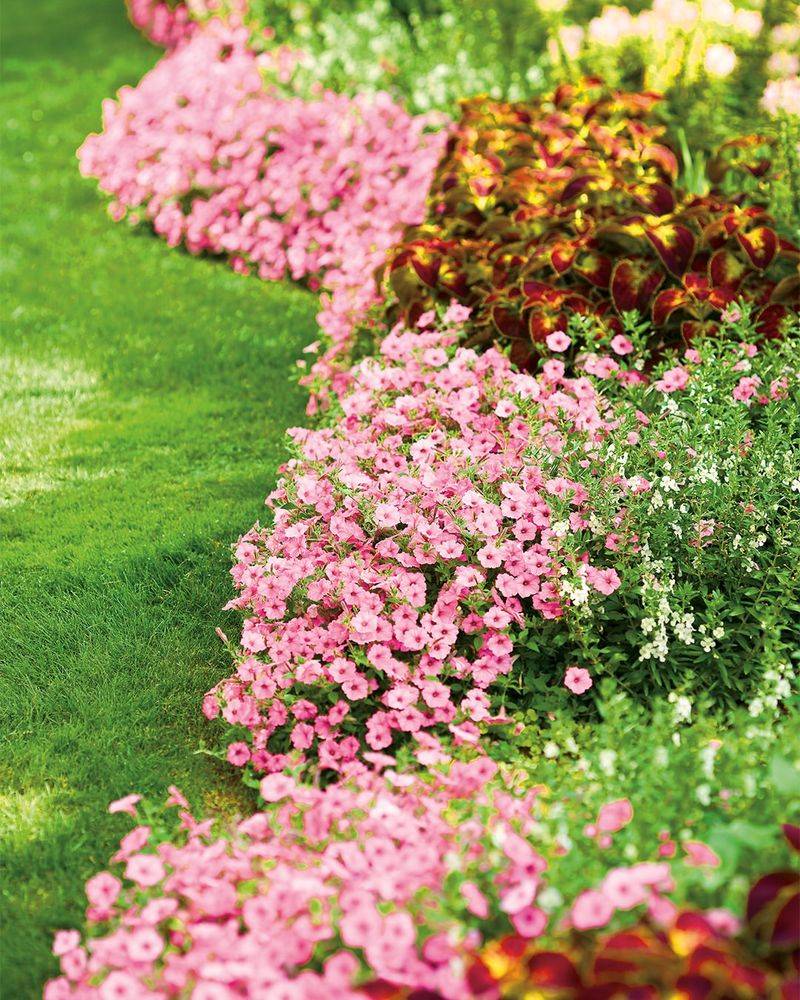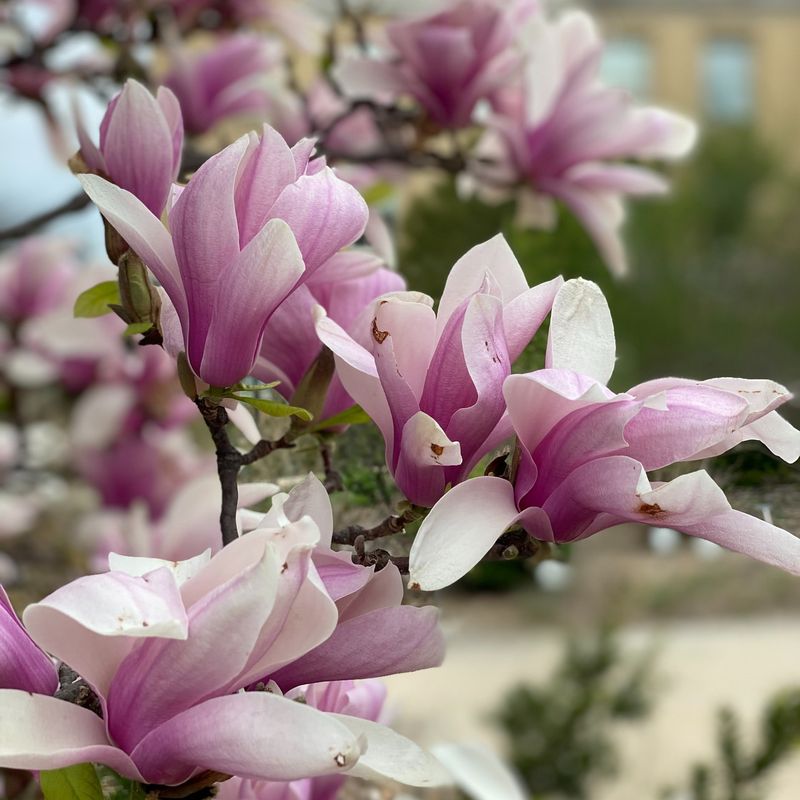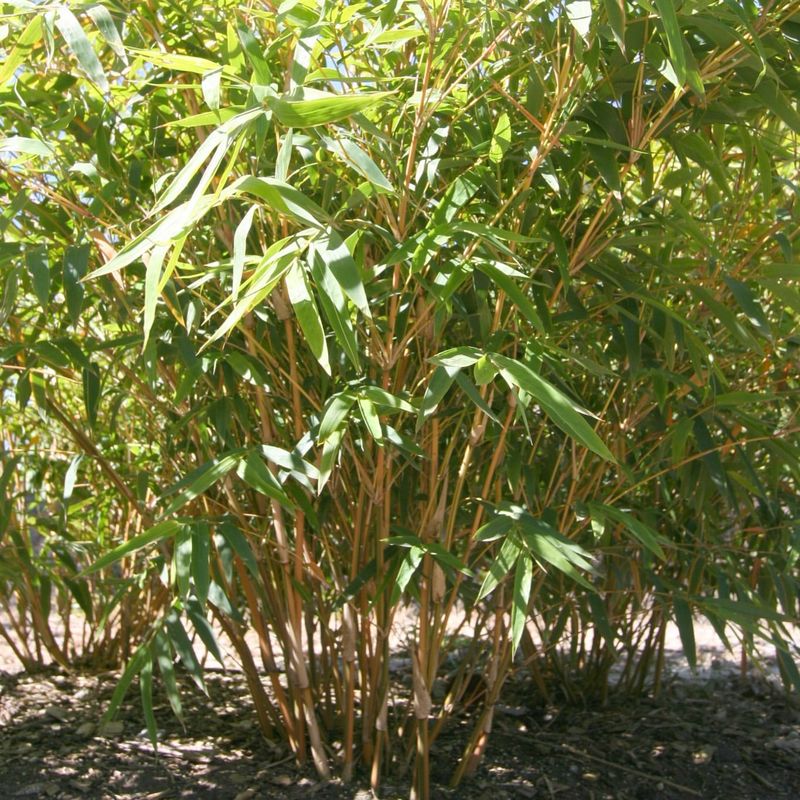Creating a garden that’s both beautiful and safe for your furry friends can be tricky. Many common plants are toxic to cats and dogs, causing everything from mild tummy troubles to serious health emergencies.
Luckily, you don’t have to choose between your pets and a gorgeous garden – plenty of stunning plants are completely pet-friendly!
1. Catnip – A Feline’s Dream
Cats go absolutely wild for this aromatic herb! The active compound nepetalactone creates a temporary euphoric effect that most felines find irresistible.
Beyond entertaining your kitty, catnip produces pretty lavender-colored flowers and can repel mosquitoes naturally. Plant it in containers if you want to control where your cat enjoys their herbal adventure.
2. Boston Fern – Lush and Safe
Hanging Boston ferns create a dramatic cascade of feathery fronds that pets can safely investigate. Unlike many other ferns which contain toxins, this variety poses no threat to curious animals.
They thrive in humid, indirect light conditions, making them perfect for patios or covered porches. The lush greenery adds a tropical vibe while filtering indoor air if you bring them inside during winter.
3. Sunflowers – Towering Beauties
Reaching dramatically toward the sky, sunflowers bring cheerful yellow blooms that are completely safe for dogs and cats. Their impressive height creates natural garden dividers or privacy screens.
Children and pets alike marvel at these giants, which can grow over 6 feet tall! After flowering, the nutritious seeds attract birds and wildlife, adding another dimension of entertainment for indoor pets watching through windows.
4. Spider Plant – Impossible to Kill
Spider plants earn their reputation as one of the most forgiving houseplants around. Their arching green and white striped leaves produce tiny “babies” that dangle from long stems, fascinating pets without harming them.
Perfect for beginners, these hardy plants tolerate neglect and poor lighting conditions. They look stunning in hanging baskets where their dramatic trailing growth can be showcased while keeping most of the plant safely out of paw’s reach.
5. Roses – Classic Beauty Without Danger
The queen of flowers offers hundreds of varieties that are non-toxic to pets. While roses themselves won’t harm your furry friends if nibbled, their thorns present a different challenge.
Consider thornless varieties like ‘Zéphirine Drouhin’ for worry-free gardening. Rose petals can even be eaten in small amounts – they’re used in human foods too! Just avoid chemical pesticides that might make these safe flowers dangerous.
6. Snapdragons – Whimsical Wonders
Named for their dragon-mouth flowers that “snap” when squeezed, these colorful blooms fascinate children and are completely safe around pets. Available in nearly every color except true blue, they add vertical interest to any garden.
Snapdragons attract beneficial pollinators like bumblebees and butterflies. Their old-fashioned charm works beautifully in cottage gardens, and they make excellent cut flowers for bringing pet-safe beauty indoors.
7. Basil – Aromatic and Edible
Fragrant basil leaves fill the air with their distinctive spicy-sweet scent that most pets find unappealing enough to leave alone. Grow this kitchen staple knowing it’s completely non-toxic if your curious pet does decide to sample.
Beyond its culinary uses, basil’s aromatic oils naturally repel mosquitoes and flies. Regular harvesting encourages bushier growth, providing more leaves for your summer salads and pesto while keeping the plant looking tidy.
8. African Violet – Indoor Charmer
Velvety purple, pink, or white blooms make African violets a pet-safe choice for brightening indoor spaces. These compact plants thrive on windowsills where pets often like to perch.
Unlike many flowering houseplants, African violets contain no toxins harmful to cats or dogs. Their fuzzy leaves and continuous blooming habit bring year-round color to your home. With proper care, these little gems can flower continuously for years.
9. Zinnia – Rainbow of Colors
Zinnias burst with candy-colored blooms that brighten any garden without endangering pets. These annual flowers come in nearly every shade imaginable and attract beautiful butterflies all summer long.
Remarkably easy to grow from seed, zinnias tolerate heat and drought once established. Their sturdy stems resist flopping, making them ideal for cut flower arrangements. Plant different heights for a layered effect – from 6-inch dwarfs to 4-foot giants.
10. Areca Palm – Tropical Statement
Graceful arching fronds of the areca palm bring tropical vibes to your home without risking pet health. Unlike many palms that contain toxic compounds, this variety is completely safe for curious nibblers.
Growing up to 6-7 feet indoors, these statement plants create natural privacy screens. Their air-purifying abilities remove toxins while adding humidity – beneficial during dry winter months for both your home and pets’ respiratory health.
11. Petunias – Cascading Color
Trumpet-shaped petunia blooms spill dramatically from hanging baskets and window boxes, creating waves of color without endangering pets. Their sticky stems naturally deter most animals from munching, though they’re harmless if tasted.
Modern varieties bounce back quickly after rain and don’t require deadheading. The night-scented varieties release a vanilla-like fragrance in the evening, adding sensory pleasure to outdoor spaces where you and your pets relax after sunset.
12. Rosemary – Aromatic Hedge
Woody rosemary stems topped with needle-like leaves create sculptural forms while offering culinary herbs safe for pets. The strong pine-like scent typically discourages animals from sampling, though it’s non-toxic if they do.
Drought-tolerant and deer-resistant, rosemary thrives in poor soil and neglect. In warmer climates, it grows into beautiful flowering hedges that can define garden spaces. The pale blue flowers attract beneficial pollinators while adding subtle color.
13. Magnolia – Majestic Bloomer
Magnificent magnolia trees produce spectacular fragrant blooms while being completely non-toxic to pets. Their glossy evergreen or deciduous leaves provide year-round interest even when not flowering.
Available in sizes from shrubs to towering trees, there’s a magnolia for every garden. The large star or cup-shaped flowers appear in white, pink, purple, or yellow depending on variety. Their gentle fragrance perfumes the garden without overwhelming sensitive animal noses.
14. Bamboo – Structural Wonder
Elegant bamboo creates vertical drama and soothing rustling sounds that many pets find calming. True bamboo (not “lucky bamboo,” which is actually Dracaena) is non-toxic to cats and dogs.
Choose clumping varieties rather than running types to prevent garden takeovers. The hollow stems make excellent natural toys for crafty pet owners. Bamboo’s fast growth creates privacy screens or windbreaks within just a few seasons.
15. Marigolds – Pest-Repelling Powerhouse
Bright orange and yellow marigold blooms bring cheerful color while naturally repelling garden pests – all without harming pets. Their distinctive scent deters many insects and even some rodents.
Plant them as protective borders around vegetable gardens or intersperse throughout flower beds. Beyond their pest-control benefits, marigolds attract beneficial insects like ladybugs and lacewings. Their edible flowers can even garnish summer salads for a peppery kick.

